 |
 |
Our enthusiastic and extremely knowledgeable perennials team is here to answer your questions and help you choose the best perennials for your situation. There’s always something in bloom for sun, shade, butterflies, birds or deer resistance as well as a variety of bulbs for your space.
Stroll through our time-tested favorites and introduce yourself to the newest varieties. We garden with perennials too; we love them and it shows!
|
53 found, showing page 3 of 4
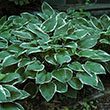
Dark green, heart-shaped leaves edged in white. Lavender flowers bloom in mid-summer. USDA 3-9
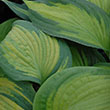
Gold centered green foliage. White blooms. USDA 3-9
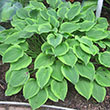
Compact with green heart-shaped leaves with striking golden edges. Masses of purple flowers in mid-summer. USDA 3-8
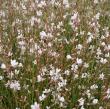
White blooms on red stems. Tolerates poor soils. USDA 5-9
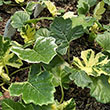
Bold, variegated evergreen foliage with a mounding, dense base. Tall flowers spikes appear early to mid summer. USDA 7-10.
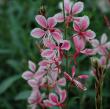
Rose pink blooms on rigid stems. Naturalizing. USDA 5-8 'Siskiyou Pink' prefers full sun and is happy in average to poor, well-drained soil. Wandflower is a tap-rooted perennial so it is very drought tolerant. The tap root makes these difficult to move once they are settled in, so site them carefully.
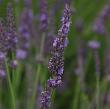
Fragrant lavender blooms. Vigorous. Uniformly mounded. MUST have good drainage. USDA 5-10
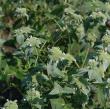
PYCNANTHEMUM MUTICUM 1 Gallon | Mountain Mint | Pink blooms. Fragrant silvery foliage. Naturalizing. Native. USDA 4-8
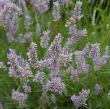
Heavily fragrant light lavender blooms. Silvery mounding foliage. MUST have good drainage. USDA 5-8
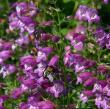
Bright violet-purple trumpet flowers. Clumping. Narrow green leaves. Thrives in a wide range of soils and conditions. Happiest with regular moisture. USDA 4-9
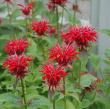
Height: 4 feet
Spacing: 30 inches
Sunlight: full sun partial shade
Hardiness Zone: 3a
Other Names: Bergamot, Oswego Tea
Ornamental Features:
Jacob Cline Beebalm has masses of beautiful clusters of fragrant red flowers at the ends of the stems from mid to late summer, which are most effective when planted in groupings. The flowers are excellent for cutting. Its fragrant pointy leaves remain forest green in color throughout the season.
Landscape Attributes:
Jacob Cline Beebalm is an herbaceous perennial with an upright spreading habit of growth. Its relatively coarse texture can be used to stand it apart from other garden plants with finer foliage.
This plant will require occasional maintenance and upkeep, and should be cut back in late fall in preparation for winter. It is a good choice for attracting bees, butterflies and hummingbirds to your yard, but is not particularly attractive to deer who tend to leave it alone in favor of tastier treats. Gardeners should be aware of the following characteristic(s) that may warrant special consideration: Spreading, Self-Seeding
Jacob Cline Beebalm is recommended for the following landscape applications:
- Mass Planting
- General Garden Use
- Naturalizing And Woodland Gardens
Planting & Growing:
Jacob Cline Beebalm will grow to be about 3 feet tall at maturity, with a spread of 3 feet. When grown in masses or used as a bedding plant, individual plants should be spaced approximately 30 inches apart. It grows at a fast rate, and under ideal conditions can be expected to live for approximately 5 years. As an herbaceous perennial, this plant will usually die back to the crown each winter, and will regrow from the base each spring. Be careful not to disturb the crown in late winter when it may not be readily seen!
This plant does best in full sun to partial shade. It is very adaptable to both dry and moist locations, and should do just fine under typical garden conditions. It is not particular as to soil type or pH. It is highly tolerant of urban pollution and will even thrive in inner city environments. This particular variety is an interspecific hybrid. It can be propagated by division; however, as a cultivated variety, be aware that it may be subject to certain restrictions or prohibitions on propagation.
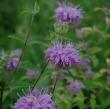
Showy clusters of lavender, pink or white pom pom flowers. Aromatic leaves. Native. Clay tolerant. USDA 3-9
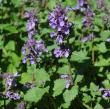
Prolific blue blooms. Fragrant, soft, fine textured foliage. Compact. USDA 4-8
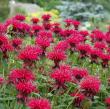
Magenta blooms. Fragrant foliage. Mildew resistant. USDA 4-9
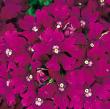
Purple blooms. Spreading foliage. Groundcover. USDA 7-10
53 found, showing page 3 of 4




